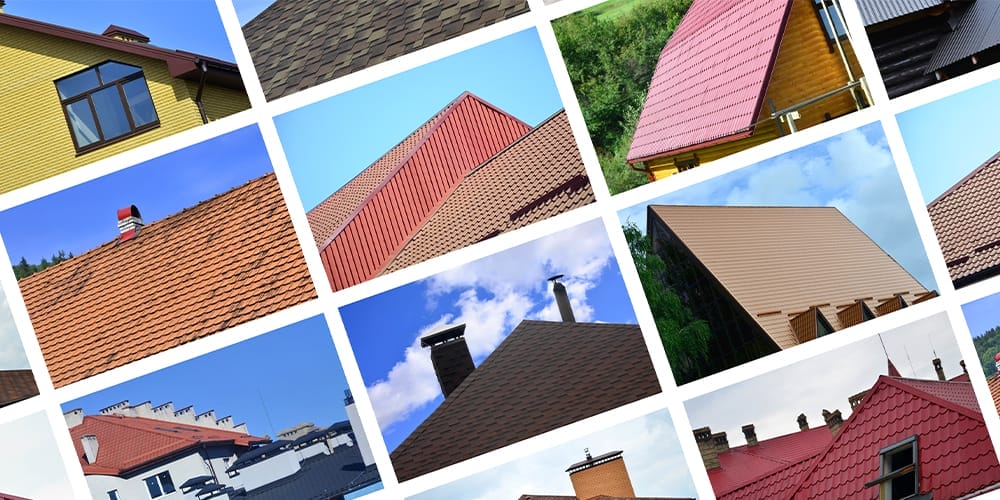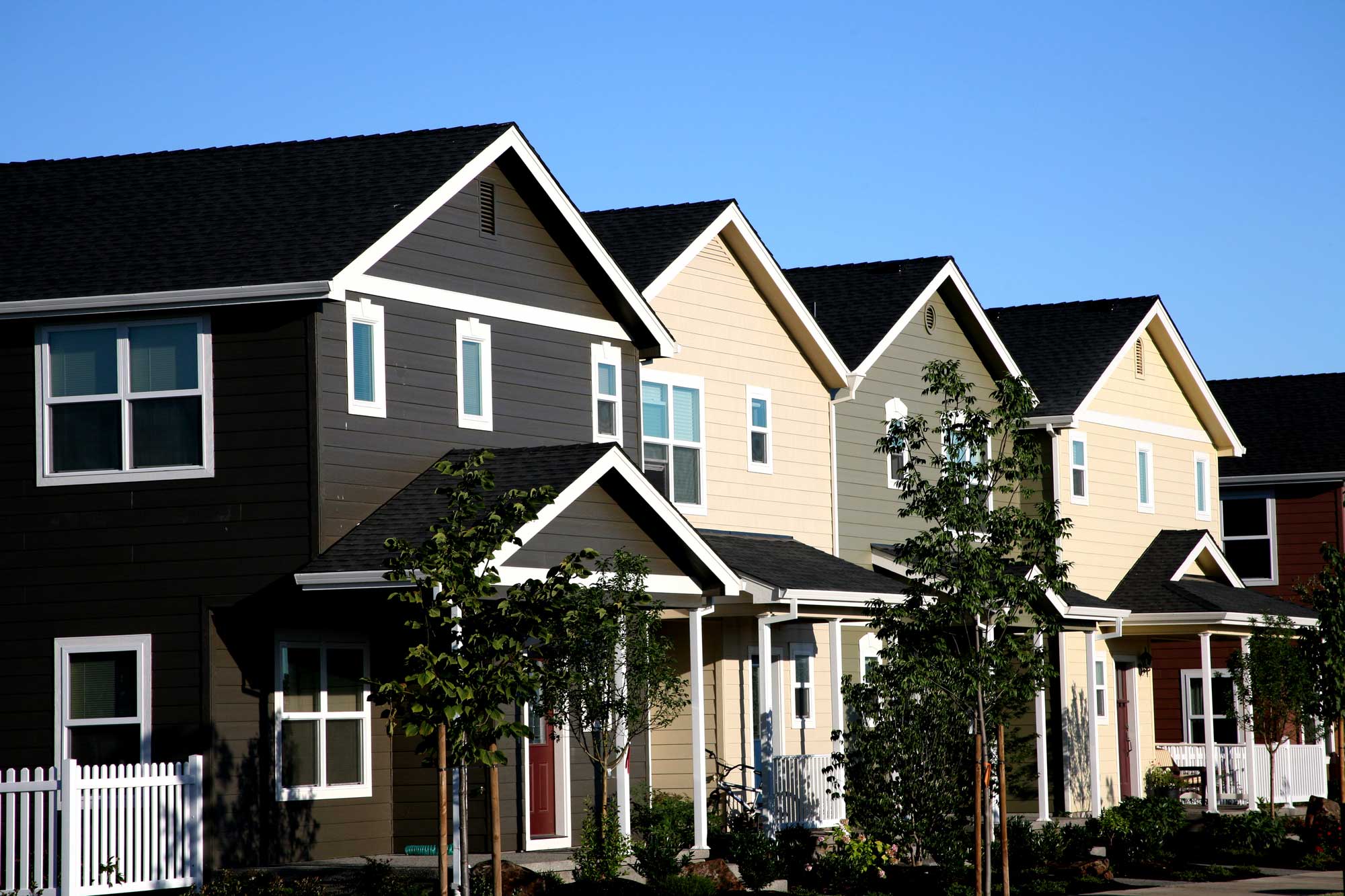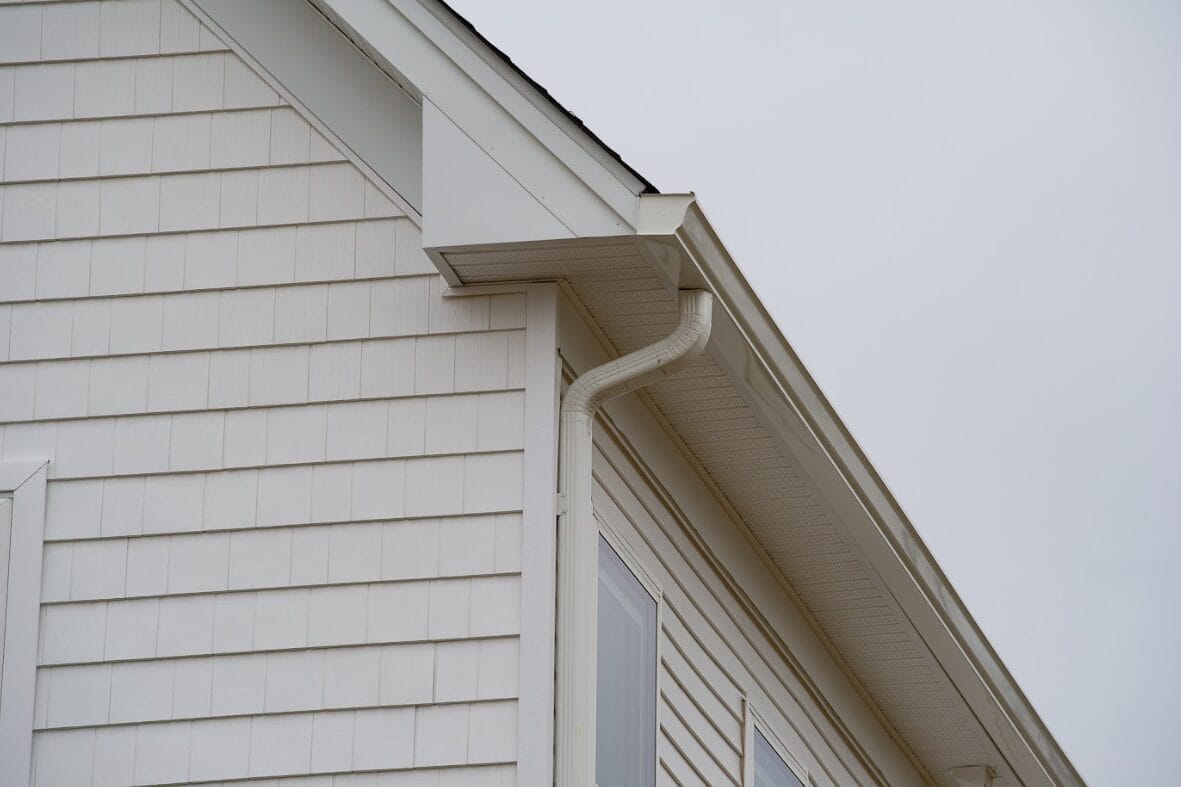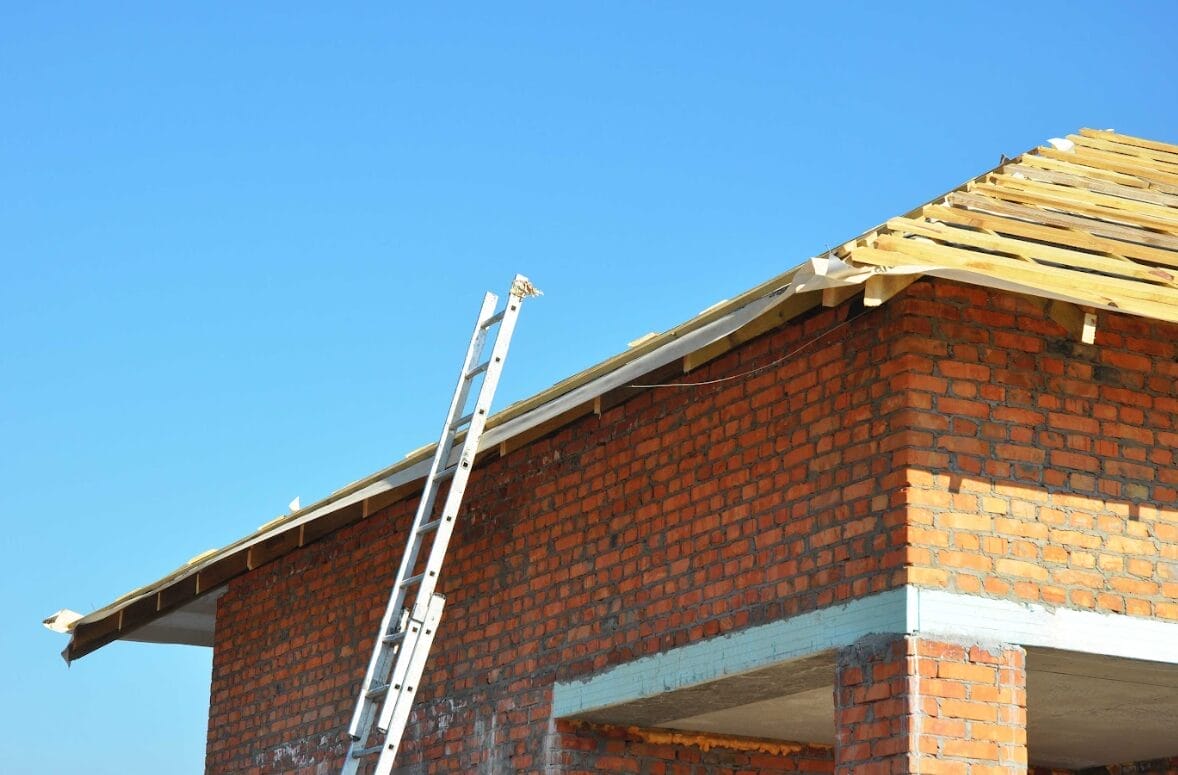When it comes to durability and longevity, one roofing material stands out: metal roofing. Metal roofs are known for their exceptional durability and can outlast many other roofing materials. They are designed to withstand extreme weather conditions, including high winds, heavy rain, and snow. Metal roofs are highly resistant to fire, insects, rot, and mildew, making them a durable and low-maintenance option. With proper installation and maintenance, a metal roof can easily last 40-70 years or more, significantly surpassing the lifespan of other roofing materials. While the initial cost of metal roofing may be higher compared to some alternatives, its long-term durability and longevity make it a worthwhile investment for homeowners seeking a roofing material that will stand the test of time.
Metal Roofing:
Metal roofs are renowned for their exceptional durability and longevity. With unmatched strength and resistance to various elements, metal roofs offer a reliable and long-lasting solution for homeowners. Designed to withstand harsh weather conditions, including strong winds, heavy rain, and even hail, metal roofs provide superior protection for years to come. Their robust construction and corrosion-resistant properties make them highly resistant to rust, ensuring that they maintain their structural integrity over time. Additionally, metal roofs are less prone to cracking, warping, or deteriorating like other roofing materials, resulting in minimal maintenance requirements and long-term cost savings. By investing in a metal roof, homeowners can enjoy peace of mind, knowing that their property is shielded by a durable and dependable roofing solution.
Other Options:
While metal roofing is renowned for its durability and longevity, there are other roofing materials that offer significant durability as well. Here are a few additional options to consider:
Slate Roofing:
Slate is a natural stone material known for its exceptional durability and longevity. It can last well over a century when properly installed and maintained. Slate roofs are highly resistant to fire, rot, insects, and extreme weather conditions. However, it is important to note that slate is a heavy material, requiring a strong roof structure to support its weight. Slate roofing is considered a premium option due to its high cost and specialized installation requirements.
Concrete or Clay Tiles:
Concrete or clay tiles are known for their durability and longevity. They can withstand harsh weather conditions, including high winds and intense heat. Concrete and clay tiles are resistant to fire, insects, and rot. They provide excellent insulation properties, helping to regulate temperature and reduce energy costs. However, like slate, these tiles are heavy and require a sturdy roof structure. They are also relatively more expensive than other roofing materials.
Synthetic Roofing Materials:
Synthetic roofing materials, such as synthetic slate or composite shingles, offer a balance between durability and affordability. These materials are engineered to mimic the appearance of natural roofing materials while providing enhanced durability and lower maintenance requirements. Synthetic options are lightweight, making them suitable for various roof structures. They often come with longer warranties and can withstand harsh weather conditions. While they may not have the same authenticity as natural materials, synthetic roofing can be a cost-effective and durable alternative.
It is important to consider factors such as climate, budget, maintenance requirements, and the architectural style of your home when selecting a roofing material. Consulting with roofing professionals can help you assess your specific needs and determine the best option for your circumstances.




